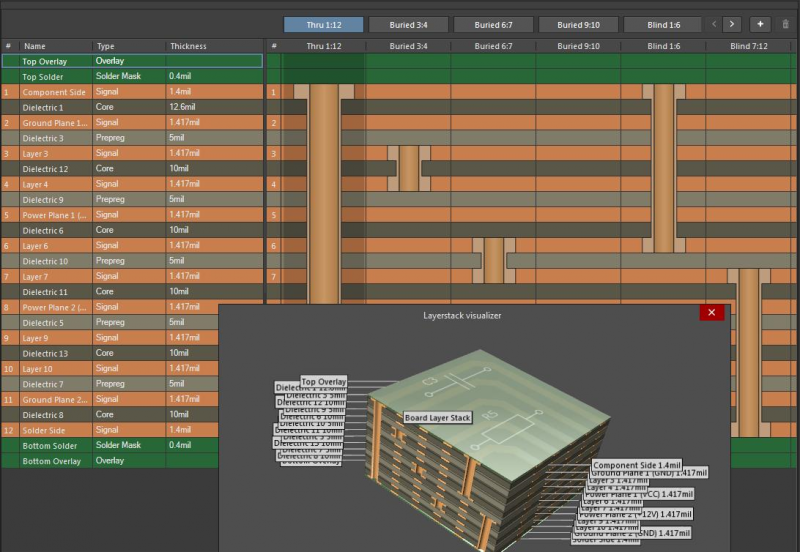

Tessolve hardware design engineers are driven to top-tier quality and service to meet customer needs. Phase-change TIMs: Have a high thermal conductivity but require significant clamping force for correct operation.Tessolve is among the leading PCB design company providing engineering solutions to Tier 1 clients across multiple market segments.Thermal grease TIMs: Offers the best thermal conductivity, but can be messy and slow to apply.Many TIMs try to be as thermally conductive as possible while being an electrical insulator (if only diamond was cheap enough!). Inserting a thin TIM between the PCB and heatsink removes these air gaps and greatly reduces the thermal resistance of the system. Both the PCB and heatsink are made of hard materials that although they look flat, contain microscopic rough patches which when sandwiched together, create insulating air gaps and make the heatsinking inadequate. They are usually used between a PCB and a heatsink. Thermal interface materials (TIMs) are thin layers of compressible (“compliant”) thermally conductive material that are used to provide good thermal coupling between two components. (2oz.) copper is recommended for top and bottom layers. Via Thermal Resistance Calculator Copper Planes


Materials with a high specific thermal conductivity conduct heat well, and materials with a low specific thermal conductivity conduct heat poorly (they are called thermal insulators). Specific thermal conductivity is a property of a material which describes it’s ability to conduct heat. What Is Thermal Conductivity? Specific Thermal Conductivity The resistor model is commonly used to calculate basic PCB operating temperatures.


 0 kommentar(er)
0 kommentar(er)
